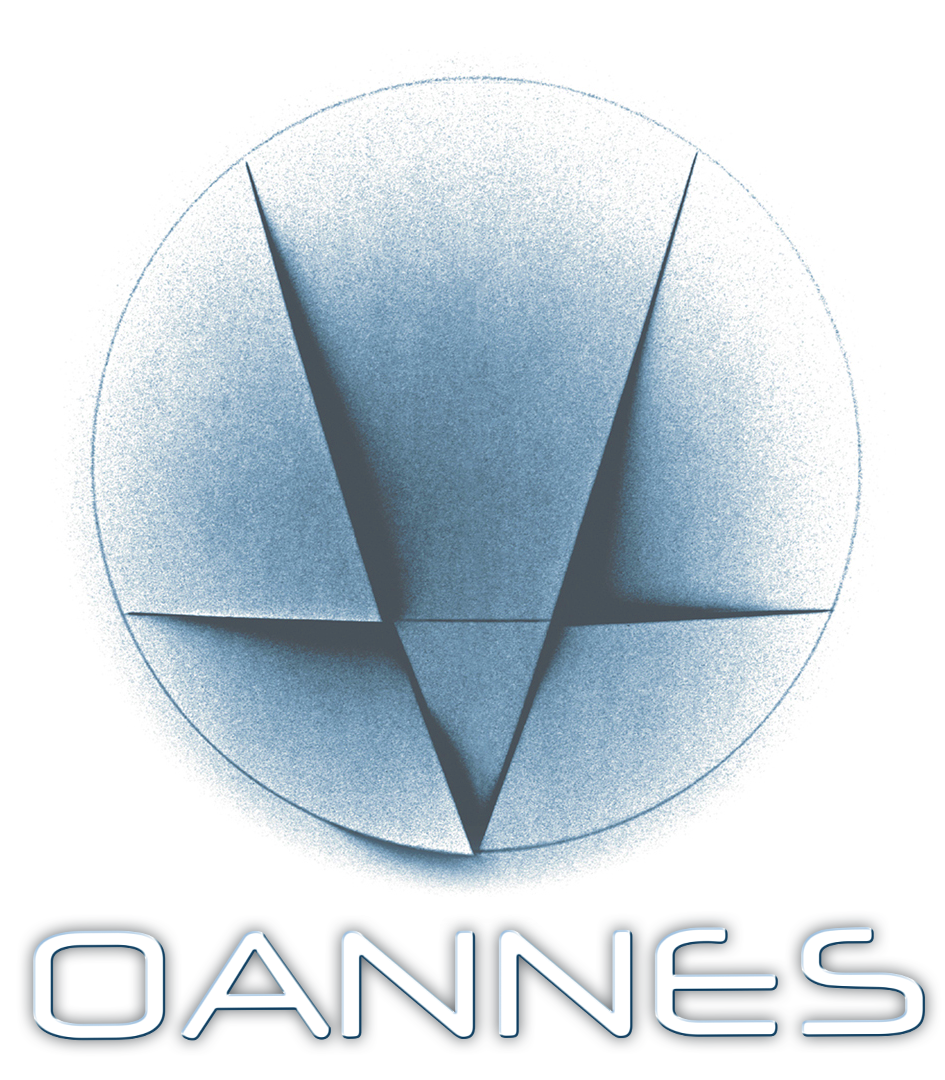

Ειναι γνωστή η φιλία και ο αμοιβαίος θαυμασμός που συνέδεε τον Wolfgang Amadeus Mozart με τον Joseph Haydn. Το ίδιο και η εντιμότητα με την οποία ο Haydn, μέγιστος μουσικός ο ίδιος, και ένας από τους πιο πετυχημένους της εποχής, αναγνώριζε τα πρωτεία του φίλου του. «Ενώπιον Θεού σας λέω, ότι ο γιος σας είναι ο μεγαλύτερος συνθέτης που γνωρίζω, είτε προσωπικά είτε κατ’ όνομα» είχε πει στον πατέρα Leopold. Παρεμπιπτόντως, στο πρόσωπο του τελευταίου, ολοκληρώνεται η «συνωμοσία» της μοίρας για να προκύψει ένας από τους μεγαλύτερους μουσικούς νόες όλων των εποχών: σαν να μην έφτανε το ότι ο Wolfgang ήταν αυτός που ήταν, έτυχε να έχει για πατέρα έναν από τους σπουδαιότερους μουσικούς παιδαγωγούς της εποχής του.
Τον Σεπτέμβριο του 1785 ο Mozart αφιέρωσε στον Haydn μια σειρά από έξη κουαρτέτα εγχόρδων – πέρα από την έκφραση φιλίας και αγάπης, ένας «φόρος τιμής» στον άνθρωπο που δημιούργησε τη φόρμα. Το πρώτο μέρος του έκτου από αυτά, Adagio, Allegro ξεκινάει με ένα μυστηριώδες πέρασμα, με αδιανόητα τολμηρές για την εποχή διαφωνίες. Τόσο τολμηρές [άκουσμα 100% αρχών του 20ου αιώνα] που πέρασε καιρός για να αποφανθούν οι μελετητές ότι δεν επρόκειτο περί λάθους, όπως είχαν αρχικά νομίσει.
The friendship and mutual admiration between Wolfgang Amadeus Mozart and Joseph Haydn are well known. So is the honesty with which Haydn, a great musician himself, and one of the most successful of his time, recognized his friend’s primacy. “Before God I tell you, your son is the greatest composer I know, either personally or by name,” he had told father Leopold. Incidentally, it is in the face of the later, that the “conspiracy” of fate to produce one of the greatest musical minds of all time is completed: as if it were not enough that Wolfgang was who he was, he happened to have as a father one of the greatest musical educators of his time.
In September 1785 Mozart dedicated a series of six string quartets to Haydn – in addition to expressing friendship and love, it was also a “tribute” to the man who created the form. The first part of the sixth one, Adagio, Allegro begins with a mysterious passage with unimaginably daring dissonances. So bold [the listening is 100% early 20th century] that it took time for scholars to rule that it wasn’t a mistake, as was their first assumption.
Arthur Grumiaux – violin, Arpad Gerecz – violin, Max Leuseur – viola, Eva Czako – cello

Discover more from OANNES
Subscribe to get the latest posts sent to your email.



Beautiful!
Scholars… mistakes … rules?
How can there be mistakes in music? One likes it or not.
As a matter of fact …there can be mistakes in music, just like in the use of every other language. Part of a producer’s job in an album is …correcting the mistakes. Just think about this : even monster-composers like Beethoven or Tchaikovsky used “consultants”, top theorists who corrected THEIR mistakes!